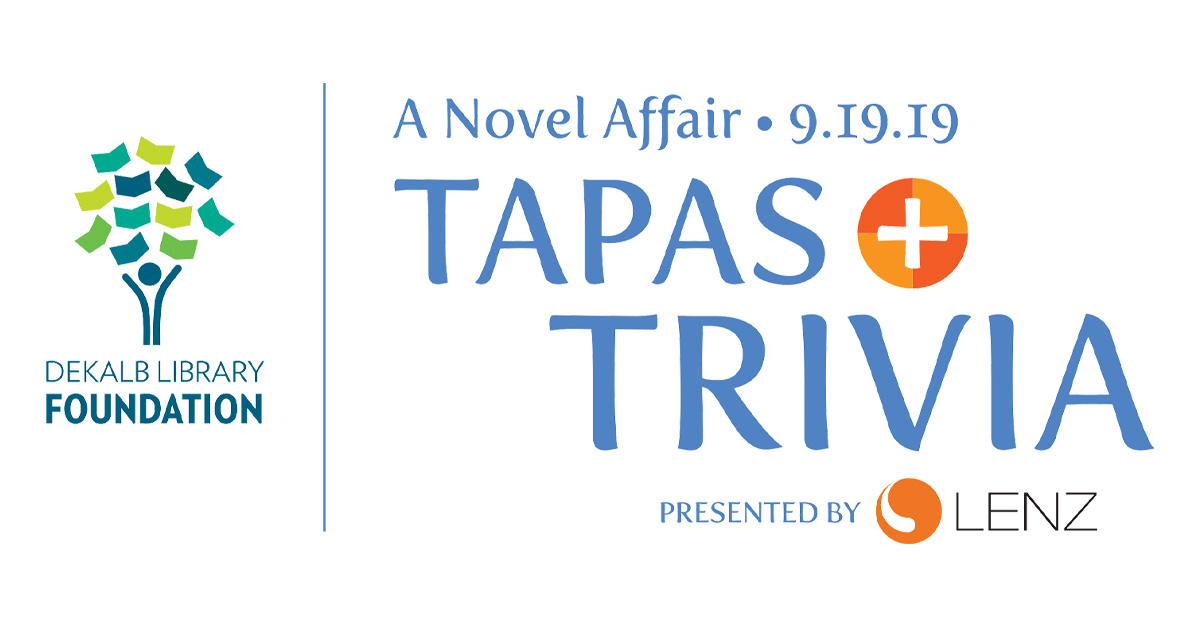
Lenz believes literacy and the written word are two essential foundations to human progress and to that end we have supported the DeKalb County Library System, the Georgia Center for the Book, and the AJC Decatur Book Festival, for many years. I’ve served on all three boards, and was a founder of the book festival.
The DeKalb County Library system is considered one of the best in the country. Their fundraiser is on Sept. 19 in Decatur and it’s a lot of fun. Tickets are found here and you get delicious tapas, prizes, and other goodies and can go toe-to-toe in a Trivia Contest against DeKalb’s finest. I know Lenz’s trivia hounds will be there, trying to take home the crown.
Also this upcoming weekend is the AJC Decatur Book Festival. Always interesting and a lot of fun, it’s free to the public and a great family outing. The festival is always looking for volunteers, and it is a great way to get involved in something that has a fantastic positive impact on Atlanta.
Hope to see you at one or the other, or both!
— Richard J. Lenz

